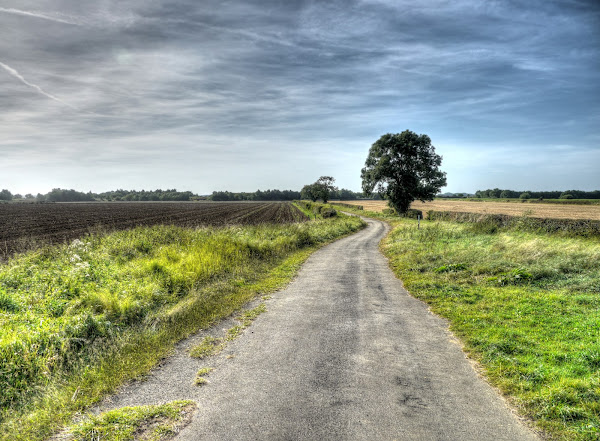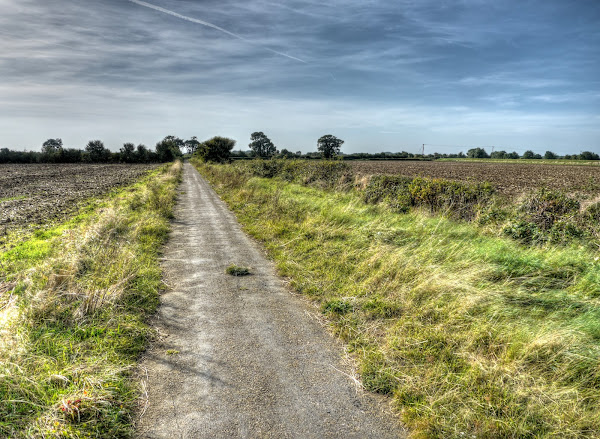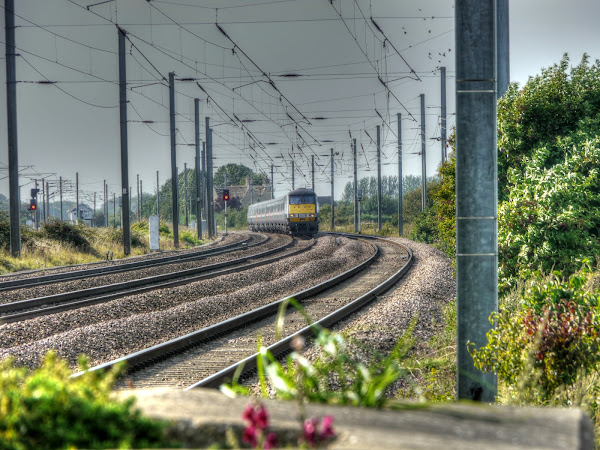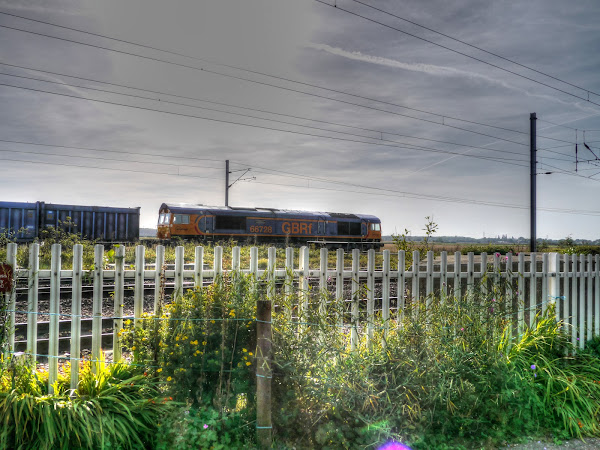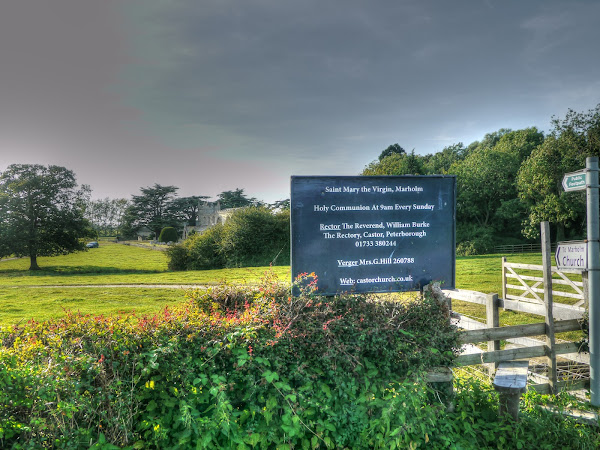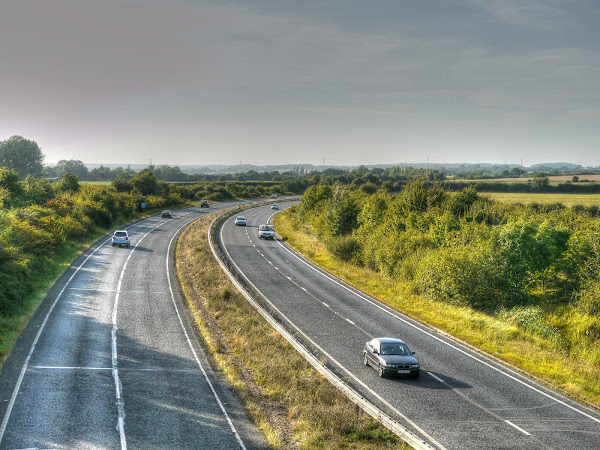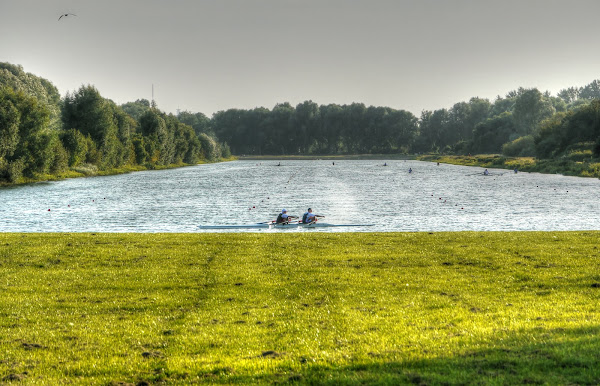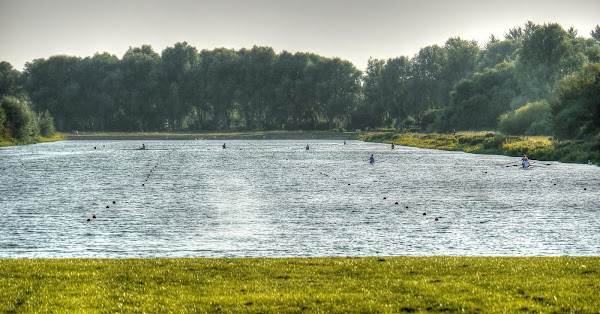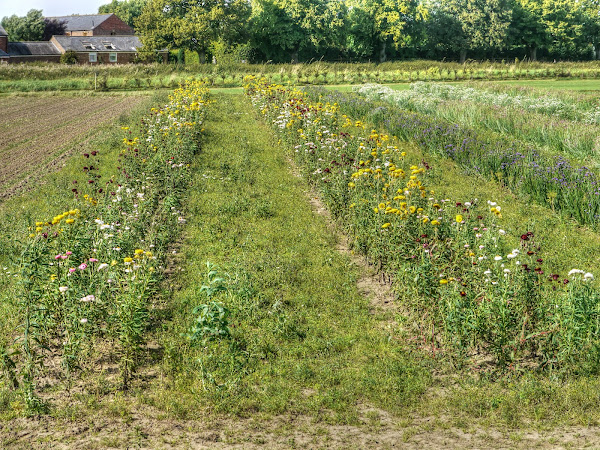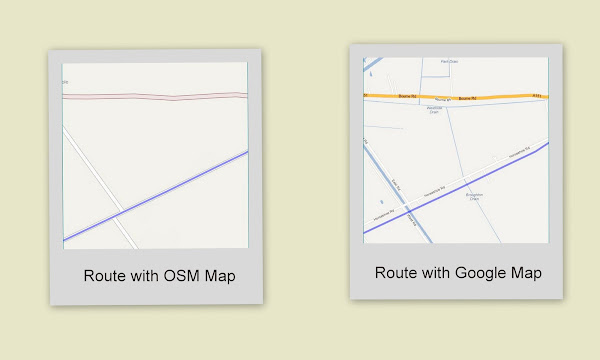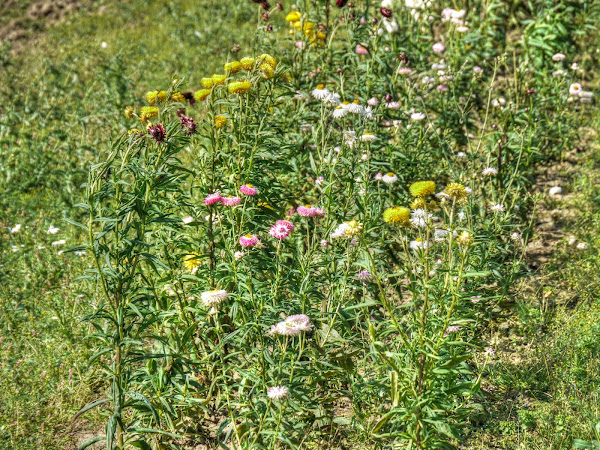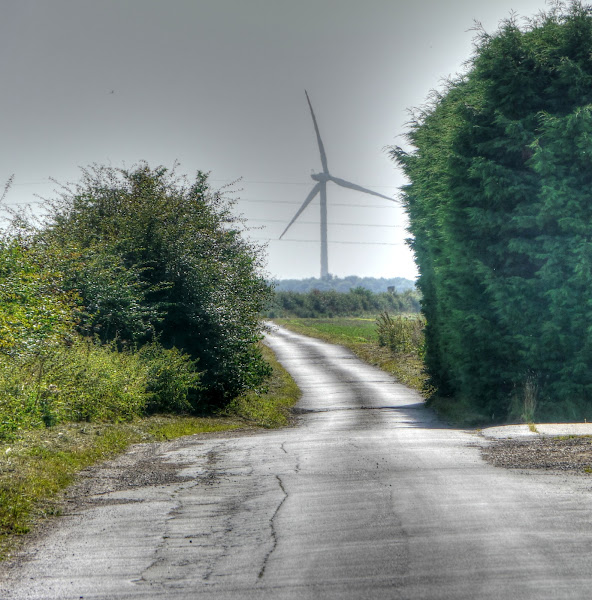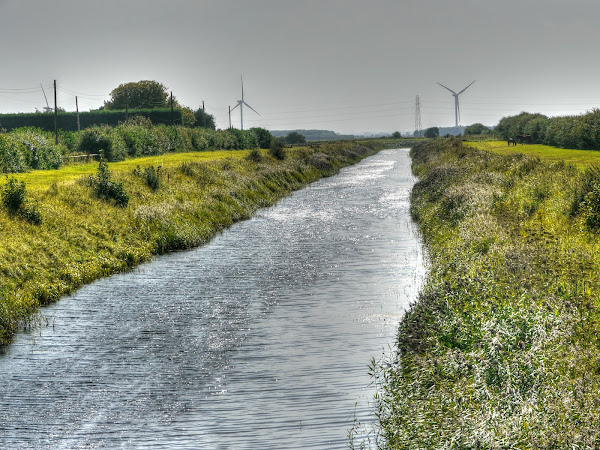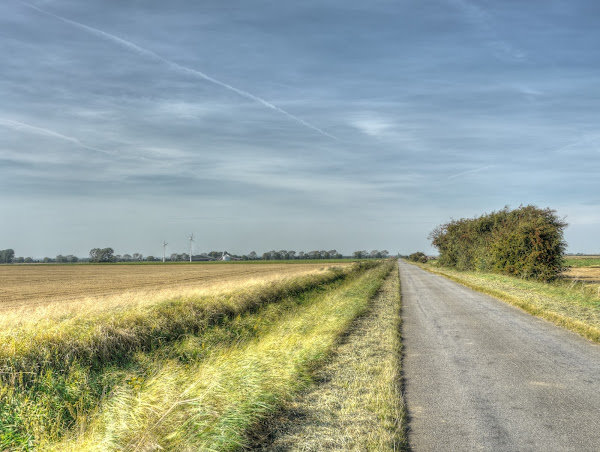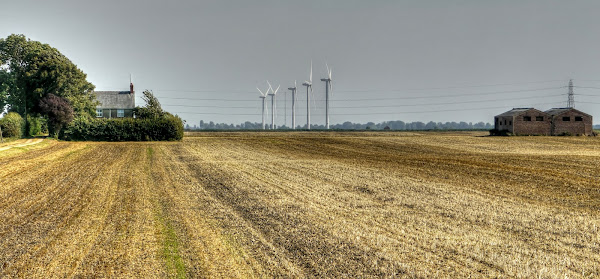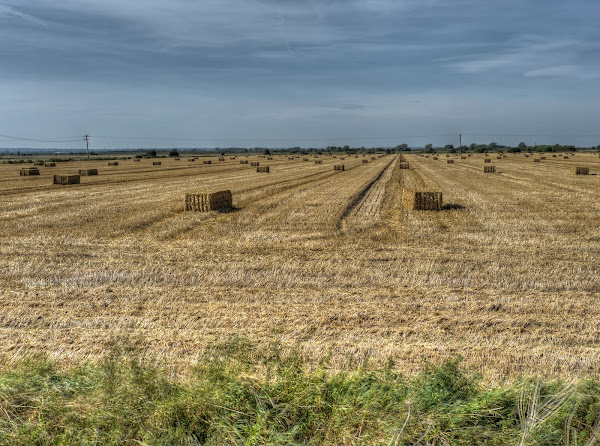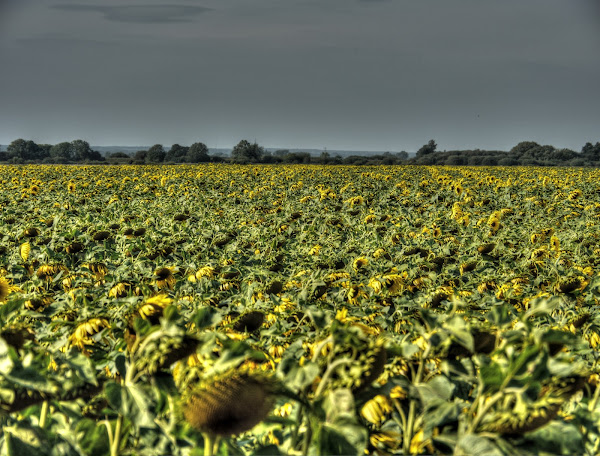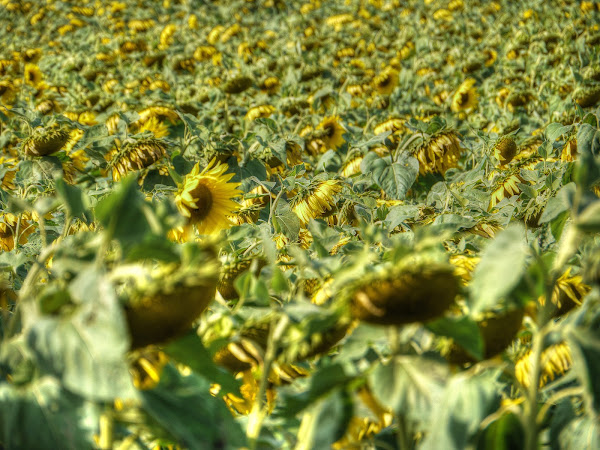Thursday, 6th September 2012: This is the seventh part of my ride around The Deepings, it started with Part1: Planning a ride around the Deepings, followed by Part 2: Getting There from Peterborough Station, Part 3: 1st Leg Glinton to Crowland, Part 4: 2nd Leg – Crowland to Spalding Part 5: 3rd Leg – Spalding back to Glinton and Part 6: Returning to Peterborough Railway Station – the long way. This covers the return back from Ely Railway Station. The main reason I have broken the Posts about the ride into sections is because it makes it easier to get the Posts written – all in all I selected 69 pictures for inclusion in the posts.
Having arrived back at Peterborough Station, somewhat later than I had anticipated I seemed to have hit a rush hour – which should have been earlier. A quick look on the Information Boards as i entered the station shows that a train was leaving about now on a platform far away. Well it might well have been far away as I would had to run up and down stairs carrying my bike – after finding my ticket and getting through the barriers.
That train was running almost an hour late though! There were two trains an hour that I could have caught – which one would be most likely to be leaving first? A bicycle does not make it easy to make late platform changes. So I went to the Information desk – which was upfront by the ticket gates and well manned.
They pointed me a a suitable train and said it wouldn’t be late as the fault that caused the previous late train had been cleared. As there are two Train companies operating trains between here (Peterborough) and there (Ely) I asked whether there would be any problems getting my bike onto the train – “have you booked?” said one who was then corrected by the other who said just turn up. (I decided not to ask about peak and off-peak tickets at this point – why is train travel so complicated?
So I lugged my bike over to Platform 4, I think it was – a platform teeming with people waiting for a late train. Oh dear, even worse two trains seemed to be arriving on Platform 4 at the same time. To make matters worse my train was going to be late and the platform was so thin getting around with a bicycle earned me a lot of hard stares.
Still at least I could get carbs and two litres of fluid – although it was not a super-hot day you do dehydrate quite a lot when cycling and I drink all the liquid I’d been carrying. Even with another 40Km/25 miles or so to go, it was rather pleasant sitting down in a spare seat eating a sandwich made delicious by my hunger and easing my parched throat. One or two people did move away from me a little – I was rather sweaty as well.
The train turned up, as luck (of the bad variety) would have it the cycle door was up the platform so I barged my way through – hoping there would be a space. The train and Train company was a different one from the one I’d caught that morning and so the cycle provision as different. It was better – not tucked away in some dark hole next to the toilets but in a carriage with windows, although the toilets were still close by. I even had a seat right next to my bike. There was already a bicycle there – so I leaned my bike on it and relaxed as the train seemed to crawl through the countryside to Ely.
In places it did crawl – there were signal faults or crocodiles on the line or some such excuse. By the time we reached Ely is was getting dark. It was a good job I had bought my lights with me,
I headed out of Ely along NCN11 alongside the banks of the Great River Ouse – the winds earlier in the day had died down and it made for a pleasant cycle – I didn’t need to put on my windproof jacket.
NCN11, River Great Ouse – Sunset, Ely
I rather like cycling in the dark – especially when there aren’t motorists coming the other way with the lights on main beam trying to blind me. Which is why the NCN11 route from Ely to Lode is pretty good. (The last bit involves cycling alongside a main road until the outskirts of Cambridge.)
The sun had dipped below the horizon by Wicken Fen and as you can see there was little wind. This is the junction of Wicken Lode and Monk’s Lode just by Norman’s Bridge, over which NCN11 crosses Monk’s Lode.
Wicken Fen, Monk’s Lode – Wicken Lode junction
I heaved my bike over the footbridge used to cross Burwell Lode, stopping to take the picture, and then I set off along a deserted Lodes Way. I even turned off my front light whilst cycling in the middle of the Burwell Fen. It isn’t that difficult to see a what is around you and you get to see the sky around spreading out to the stars. I am not quite sure of the legality – since it is not actually a public road – I left my rear lights on though. I picked up this idea from MikeC – one of the things you realise when cycling along Lodes Way is how small this Fen area is as you can readily pick out the settlements around it such as Reach/Burwell/Upware by the street and house lights and they are not that far away.
Burwell Lode from the Footbridge
By the time I reached Reach Lode I had to rest my camera on the bridge to keep it steady. if you look closely you can see the dots from street and house lights on the left of the picture – just below the horizon. This picture was taken with and exposure time of 0.25seconds (and ISO of 400) so there was a bit of light around still. The camera lens was set to its minimum zoon (14mm – 28mm in35mm speak). The other odd thing about the picture, but not really, is how small the file size is – 1Mb versus a normal size of 4-6Mb. The answer is simple really there is not actually a lot in the picture apart from shades of black and a tinge of orange so with JPEG compression it is quite small.
Elsewhere I waffle on about how many pictures that made it into the Post – well it wasn’t until writing this post that I realised that this picture below hadn’t even been downloaded.
Reach Lode
For one last time here is the map of my ride starting in Peterborough, I cycled to Ely from Cambridge and caught the train to Peterborough. However you could catch a train from Cambridge to Peterborough or even to Spalding Spa Here is the Bike Route Toaster link to that map, the route as marked is 82Km/51 miles in length. The Cambridge/Ely ride added another 50Km or so onto the ride.. If you have followed the legs there is ample scope to cut the ride down either by using different stations Cambridge to Spalding Spa for instance or by taking more direct routes.
There will be a next time as I really enjoyed exploring pastures new. The Peterborough Green Wheel is a very impressive collection of rides in and around Peterborough which itself would make for a pleasant day’s exploring. I would also like to visit Crowland, Spalding and Market Deeping the next time as well.
I was also very impressed with places like Ferry Meadow in Peterborough. It is easy to consider Cambridge as the exemplar of cycling cities – well I for one though Peterborough does pretty well. Perhaps that is not so evident because they also have some pretty big roads or parkways as they call them.
A note of caution is that no maps are perfect and as I pointed out I only realised when writing this series of Posts that Deeping St Nicholas has yet to make it onto the OSM map. I have to come to pretty much believe in the OSM maps so to have a missing village is surprising – but a reminder that no maps are 100% – certainly the OS maps aren’t.
I have also noticed that occasionally the OSM and Google maps don’t always agree exactly on road placement. Mind you my GPS can often give different co-ordinates for the same routes on different days. This is most noticeable when I compare my GPS plots for my daily cycle to the newsagents and back. I suppose given the accuracy of the GPS system it is to be expected. Sometimes my GPS unit struggles to “see” the satellites and sometimes I reckon there is an “off” satellite up there as it reports quite a shift in position. I do not set my GPS to lock to roads – because it can get confused when there is a byway next to a road and hops between the two.
I took a printed map of the area – jus tin case my GPS and phone failed me – neither did though.
Map of my ride – well the Peterborough – Deepings bit anyway







